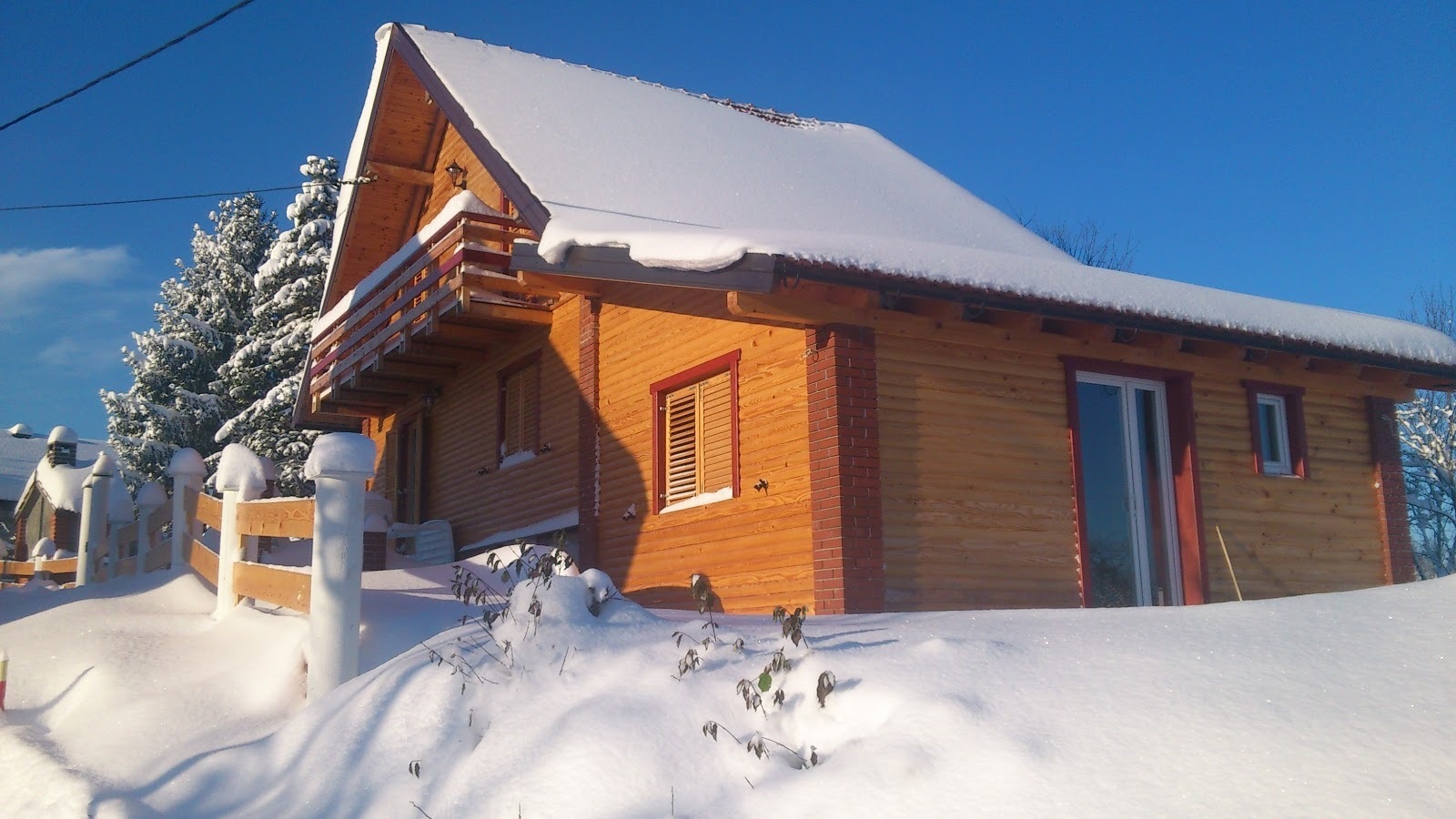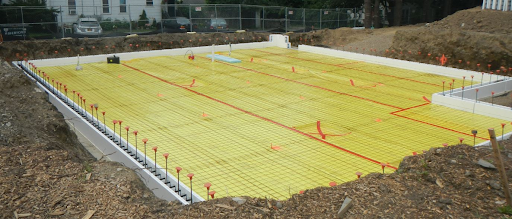
What is a Frost Wall? 5 Tips to Maximize Insulation

Every home needs a strong foundation, and homes built in cold environments are no exception. The entire load from the weight of the home plus any additional loads from wind or snow travels through the structure to be supported at the foundation. Homes built in cold environments often face specific challenges not seen by their warmer counterparts.

When the moisture in soil freezes, it expands. Keeping the soil below a building’s foundation from freezing and expanding is critical to the foundation’s integrity. When the soil near and below a building freezes, it can add pressure to the building’s foundation or cause a shift in the solid around the foundation. Obviously, none of these things are good for the longevity and stability of a building. To keep the soil from freezing, structures in these environments need frost walls.

What is a Frost Wall?
A frost wall is a structure that extends below the frost line to help insulate the ground beneath a building’s foundation. Two main types of frost walls exist with slightly different purposes: load bearing and non-load bearing frost walls.
Non-load Bearing Frost Walls
Non-load bearing frost walls do not have to carry a building’s heavy load. Instead, this type of frost wall is built inside the building, close to the exterior wall, but with an air gap separating the frost wall from the building’s exterior wall.
Non-load bearing frost walls are often added to basements that are not properly insulated. The high R rating of ICF blocks make them a great choice for adding as a non-load bearing frost wall. In addition to the high R-value, ICF blocks have a great deal of thermal mass, meaning the blocks can hold a lot of energy. This will help your basement, and foundation, stay warm more consistently and help reduce your heating bill from energy loss.
Load Bearing Frost Walls
Load bearing frost walls have to do a bit more work than their non-load bearing cousins. Luckily, when following these tips and using the right materials, these frost walls are more than up for the challenge. Load-bearing frost walls are in direct contact with the outside environment and bear the load of the home. The frost wall is designed to prevent the soil around the home from freezing and thawing (expanding and contracting) which would put a great deal of stress on the home’s foundation and can cause serious problems.
The frost wall is buried in the ground below the frost line and must be waterproof with a high R-value. The frost wall essentially helps insulate the soil underneath the building from freezing like a nice warm blanket. Since a frost wall is critical to a building’s stability and longevity, the materials used to construct the frost wall are of utmost importance.

Best Tips for Maximizing Frost Wall Effectiveness
Following best practices is a surefire way to build an effective frost wall. Since it is a key structural component, the frost wall is not an area where shortcuts should be taken. Here are some tips:
1. Check the Frost Line
Be sure that the frost wall extends far enough down to be effective. Many jurisdictions require the frost wall to extend 12 inches below the frost line. Remember, it’s better to go deeper.
2. Ensure Proper Perimeter Drainage
Because freezing water does so much damage to a building’s perimeter, be sure to keep water from getting there in the first place. Proper drainage around your frost wall will ensure everything performs like it should.
3. Choose High R-Value Materials
The higher the R rating of the frost wall material, the more effective the frost wall can trap in heat for your building’s foundation.
4. Choose Durable Materials
Frost walls have to be strong and take some abuse. You want a material that can stand the test of time and that won’t cause you problems in the future.
5. Take Your Time and Do It Right
Problems with the frost wall can take time to notice and are hard to fix down the line. Do it right and take your time when constructing the frost wall to ensure a strong building for many, many years.

Can ICF Blocks Be Used for A Frost Wall?
Insulated concrete forms work exceptionally well due to their high R-value, large thermal mass, and high strength and reliability. When coupled with a waterproofing layer and proper soil drainage, ICF blocks are a clear choice for load and non-load bearing frost walls, as well as full-height foundation walls.
Due to their continuous insulation and the fact that the concrete is poured in place, ICF blocks are hard to beat. The ICF blocks from Fox Blocks have a long history of providing exterior strength and reliability. Reach out to the experts at Fox Blocks today to learn more.